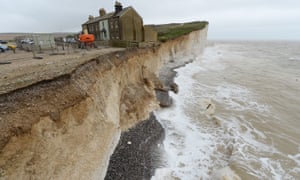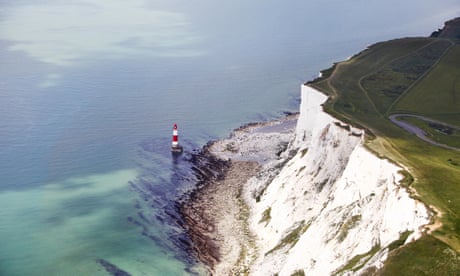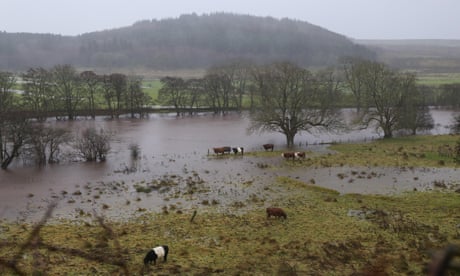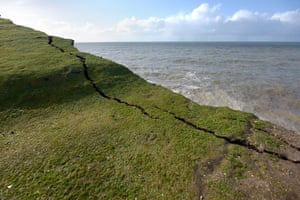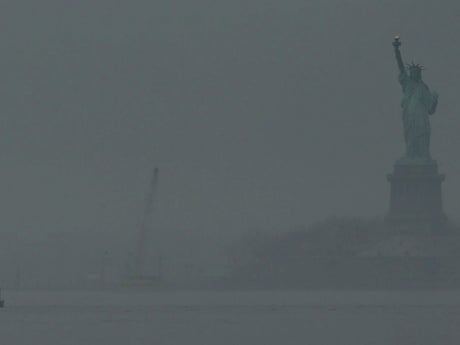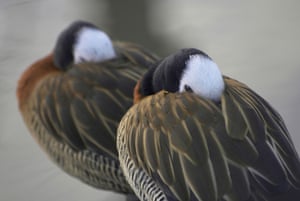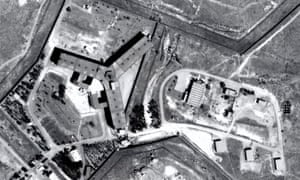Waziri wa Fedha na Mipango, Dk. Philip Mpango akihutubia wakati akifungua mkutano wa kimataifa wa kujadili matumizi ya takwimu za umaskini na namna bora ya kupima hali ya umaskini Afrika jijini Dar es Salaam leo.
Mkurugenzi Mkuu Ofisi ya Taifa ya Takwimu (NBS), Dk.Albina Chuwa akitoa hutuba yake.
Balozi wa Umoja wa Ulaya Kanda ya Afrika Mashariki, Roland Van De Geer, akitsoma hutuba yake.
Mkurugenzi Mkazi wa Benki ya Dunia, Bella Bird akizungumza kwenye mkutano huo.
Mtafiti kutoka Taasisi ya Repoa, Dk.Blandina Kilama, akizungumza kwenye mkutano huo.
Mtakwimu kutoka Menejimenti Ofisi ya Mtakwimu Mkuu Tanzania Zanzibar, Mayasa Mwinyi akizungumza kwenye mkutano huo.
Taswira ya meza kuu.
Mkutano ukiendelea.
Taswira katika mkutano huo.
Na Dotto Mwaibale
MATUMIZI ya Takwimu rasmi katika kupanga maendeleo ya wananchi kwa nchi zinazoendelea yamekuwa hayaendi kwa kasi inayotakiwa kimataifa imefahamika.
Hayo yameelezwa na Mkurugenzi Mkuu Ofisi ya Taifa ya Takwimu (NBS), Dk.Albina Chuwa Dar es Salaam leo wakati akisoma hutuba yake katika ufunguzi wa mkutano wa kimataifa wa kujadili matumizi ya takwimu za umaskini na namna bora ya kupima hali ya umaskini Afrika.
Alisema wakati dunia ikiendelea na utekelezaji wa malengo endelevu ya maendeleo ya dunia ya mwaka 2030 yapatayo 17, shabaha 169 na viashiria 231 ni dhahiri kuwa matumizi ya takwimu rasmi katika kufuatilia na kutathmini utekelezaji wake kila nchi haina budi kuyafanyia kazi ipasavyo.
"Kutokana na hali hiyo ndiyo maana Benki ya Dunia ikishirikiana na Wizara ya Fedha na Mipango, Ofisi ya Taifa ya Takwimu imeona umuhimu wa kuwa na mkutano huu wa kimataifa wa kukutanisha watakwimu, wachumi na fani nyingine za kitaalam kujadili kwa kina matumizi ya takwimu za hali ya umaskini na tafsiri yake kwa ujumla na nini kifanyike ili kuboresha zaidi tafsiri ya umaskini" alisema Dk. Chuwa.
Katika hatua nyingine Dk.Chuwa alitoa angalizo kwa kuwaomba wadau wote wa ndani na nje ya nchi kuwa takwimu za hali ya umaskini pamoja na utafiti wa mapato na matumizi ya Kaya nchini zinatolewa na serikali hivyo zisitumike vibaya kuichafua nchi kuhusu hali ya umaskini.
Alisema iwapo itatokea kuwepo kwa matumizi mabaya sheria ya takwimu ya mwaka 2015 pamoja na kanuni zake tayari zimesainiwa zitachukua mkondo wake.
Alisema Takwimu zitumike kwa lengo la kuleta maendeleo ya kweli kwa wananchi maskini wa Tanzania na kwa nchi zinazoendelea hususan kwa nchi zilizoko Kusini mwa Bara la Afrika.
Mgeni rasmi wa mkutano huo wa siku mbili ambao umeandaliwa na Benki ya Dunia, Waziri wa Fedha na Mipango Dk.Philip Mpango alisema ilikuweza kujenga Afrika lenye neema nilazima kuhakikisha kuwa bara hili linaondokana na umaskini na kuwataka wataalamu waliohudhuria mkutano huo kutunganjia bora ya kupima umaskini.
Alisema ili kuendana na kasi ya dunia na utekelezaji wa malengo endelevu ya maendeleo ya mwaka 2030 yapatayo 17 ni wazi ufanyaji takwimu na utafiti unapaswa kufanyika ili kujua kiwango cha umaskini lakini pia aina ya umaskini uliopo.









